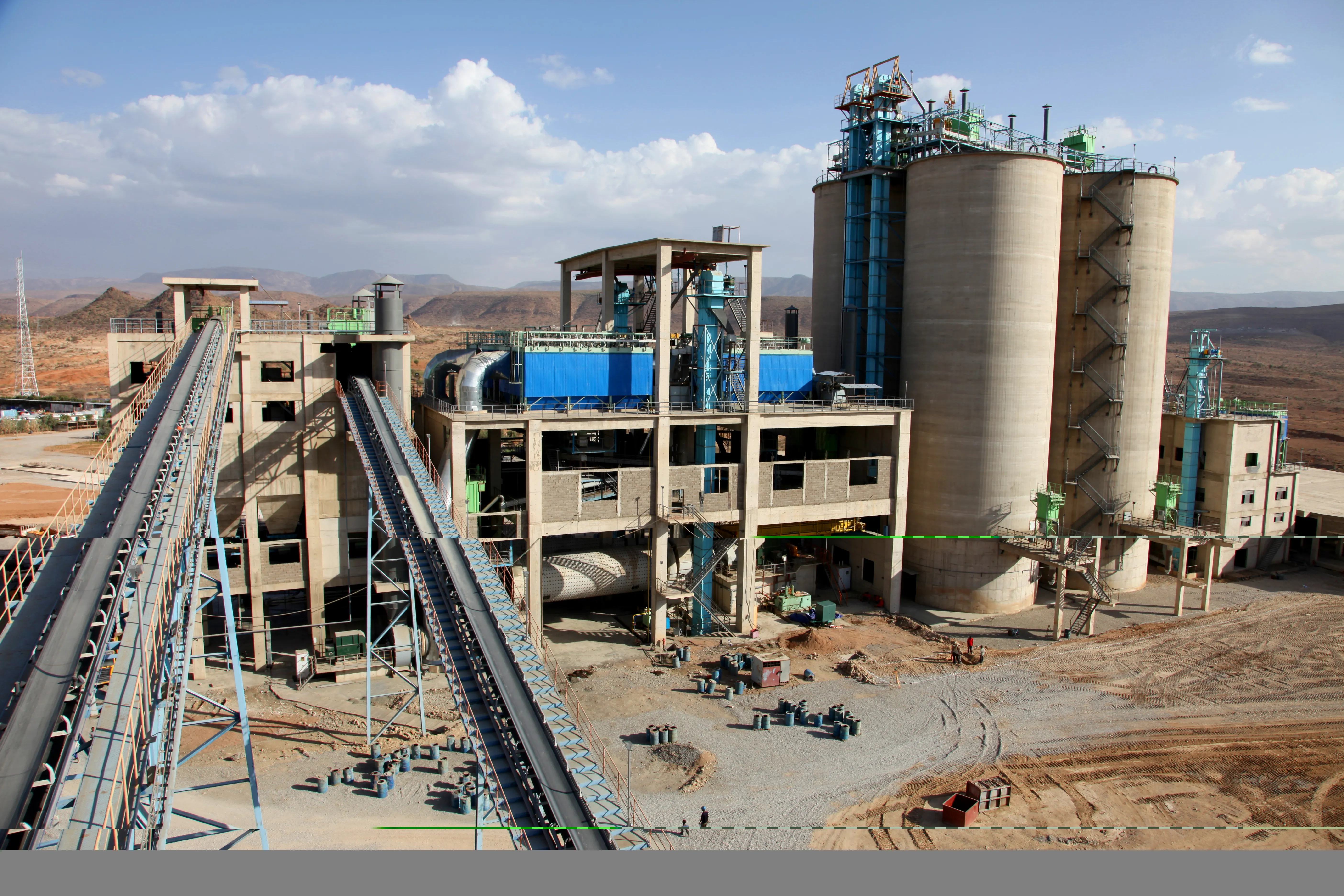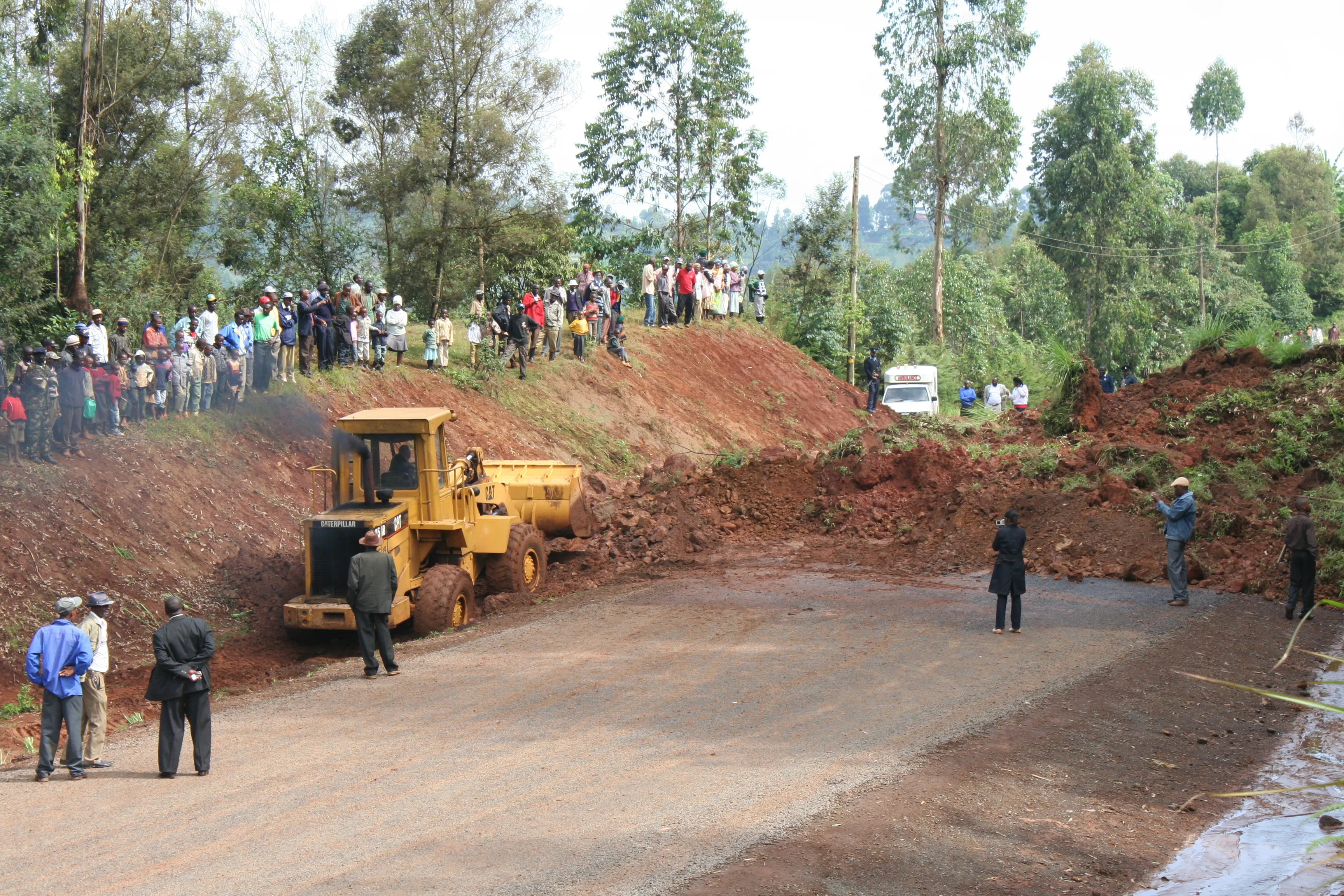
With nearly 16.5 million tonnes of cement capacity and 10% average growth in annual consumption, Ethiopia is among the top cement producers in sub-Saharan Africa. Only Nigeria and South Africa rival it.
The country’s cement capacity and consumption has been driven mainly by the federal government’s five-year Growth and Transformation Plan to help the country achieve an 11-15% annual economic growth between 2010-2015.
Ethiopia has enjoyed a cement consumption boom in the five years to 2015 as the government invested heavily in infrastructure, transport and otherwise. Projects include new railway links such as the 900km Addis Ababa-Djibouti; the 289km Mekelle-Hara-Gebeya; the 229km Hara- Gebeya-Semera-Assayita; and the 278km Awash-Kombolcha-Hara-Gebeya.
Massive public investment has also been seen in the energy sector - construction of the 6000MW Great Ethiopian Renaissance Dam as well as the 1870MW Gilgel-Gibe III and 254MW Genale Dawa hydroelectric projects.
Additional infrastructure projects such as the completion of the Assayita-Mekele and Awash-Woldia railway corridors and construction of six rail networks to link Ethiopia’s five key transport corridors should further boost cement consumption.
More roads
Prime minister Hailemariam Desalegn aims to double the road network from the 120,000km in 2014/15 to 220,000km by 2019/20. The government plans to increase the percentage of paved road as a percentage of all road infrastructure from 13% to 16% by 2019/20.
The
However, over half of the plants in Ethiopia use old technologies such as vertical kilns and they rely on older quarries that are difficult and costly to mine. To stay ahead of the pack, Dangote says it opted for modern cement making technologies. These include dry-process rotary kilns with pre-calciners that boost a manufacturing plant’s performance levels but use less energy.
Other cement market players in Ethiopia are Mugher Cement, Derba Midroc, National Cement, Abyssinia Cement, Jema Cement, Messebo Cement Factory, Ture Dire Dawa, East Cement, Huang Shuan Cement, CH Clinker Manufacturing, Inchini Bedrock, Red Fox Cement, Debresina, Habesha and Ethio Cement. Around 70% of the cement production market is controlled by Derba Midroc, Mugher, Messebo, Habesha and Dangote. Dangote says that its market share is 27%. The rest of the producers are small cement plants relying on vertical shift kiln technology, according to a Ministry of Industry report, Cement Industry Development Strategy 2015-2025.
The ministry says in the report that emerging evidence shows “production capacity has grown more than demand leading to under-capacity production”. As a result, “some cement companies have started to struggle for survival due to substantially low capacity utilisation compared to global standards”.
Ethiopia’s cement production utilisation rate is estimated at 50% compared to the global average of 60-70%.
Stimulation measures
Ethiopia has proposed a number of measures to stimulate cement consumption, such as the introduction of a rural housing construction code that stipulates the use of a minimum amount of cement. Ethiopia hopes to construct at least 3.4 million rural housing units by the end of 2017, although the target looks unachievable for now. Based on the proposed minimum cement use in rural housing construction, an estimated 5 million tonnes of cement could be used up to 2021, according to the Ministry of Industry.
In addition, the government has set out plans for concrete road construction targeting high traffic volume roads, expressways and ring roads. With an estimated 3,400km of planned asphalt roads for construction, including those in industrial parks, the Ministry of Industry estimates that nearly 7.6 million tonnes of cement will be used by 2021. Other stimulation measures include the use of concrete to manufacture products such as poles and cement roof tiles.
Another option is to export cement, especially to Kenya, South Sudan and Djbouti. However, the Ministry of Industry says this could be uneconomical because of Ethiopia’s “underdeveloped infrastruct- volume nature of the cement itself”.
Apart from these government-led measures to encourage cement consumption, the country’s huge public sector-led economic growth - averaging 10.8% since 2005 - is expected to continue. Growth could be as much as 8.1% in 2016/17 and 2017/18, according to the
Dangote has also signed an agreement with Ethiopia to double its cement plant, commissioned in 2015, with a second line by the end of this year or early 2018.
India-based Birla is also expected to make a final decision on its investment in a planned cement plant in Ethiopia. The company, an affiliate of M.P. Birla Group, already has exploration licenses for limestone and coal to power the proposed plant.
Despite planned new capacities by Dangote and other foreign firms, international cement makers in Ethiopia are facing a new challenge. Regional governments - where raw materials are mined - announced measures to increase the share of local content in foreign-backed cement projects. For example, mining of the cement additive pumice is regulated by regional governments, with little intervention from the federal government. The administration of the East Shewa Zone within the Oromia Region has written to foreign firms that mine pumice to suggest that they cede some of their operations to the cooperatives of unemployed youths in their areas.
Dangote, which operates 11 cement plants in eight countries with a combined capacity of 44 million tonnes, has opposed the move by the Ethiopian regional administrative unit. It’s a “violation of our rights because the [federal] government has given us a mining licence”.
Dangote Cement’s executive director Edwin Devakumar hit out at the proposal in June. Dangote is said to have invested $700 million in its first phase of the planned Ethiopian cement industry expansion program. “If I do not have limestone and additives, my cement plant is useless,” he told local media.
Despite the emerging challenges, Ethiopia’s public budget capital investment over the next five years and its huge of population of 100 million people - growing at 2.3% - is expected to create numerous opportunities for production and consumption of cement.







